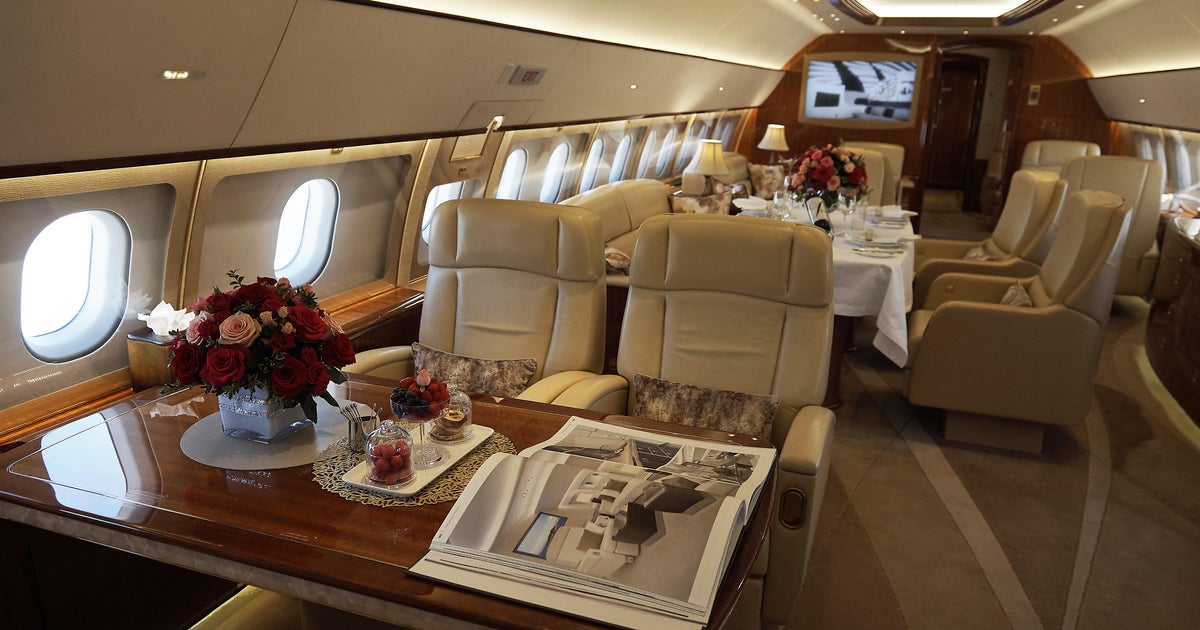
This year’s economic downturn has done little to reduce global carbon emissions. Although pollution has been reduced, greenhouse gases continue to accumulate in the atmosphere, blocking future decades of climate change and extreme weather. A recent UN report says the so-called emissions gap, the “gap between where we are likely to be and where we need to be” in terms of climate policy, is as large as ever.
As for who is primarily responsible for the gap, it is the world’s rich, according to the report. Only 10% of the world’s population emits almost half of the world’s carbon pollution. The top 1% of revenue worldwide, a group that includes 70 million people, accounts for 15% of emissions, more than 3.5 billion people from the bottom 50%.
Result: When reducing their emissions, “the richest 1% should reduce their current emissions by at least a factor of 30, while the poorest 50% per capita emissions could increase by around three times the current average levels, “says the UN. This translates into a 97% reduction in carbon emissions for the richest people.
More money, more pollution
Researchers have long known that carbon emissions are closely linked to revenue. “Higher per capita income means more emissions per capita, most of the time,” said Justin Caron, environmental economist and professor at HEC Montreal, the University of Montreal business school.
“It’s not true for other pollutants,” he added. “Rich countries tend to be cleaner on other things, they have cleaner water and air, but that’s not true for CO2.”
This is partly because richer people consume more: they buy more goods, own more cars, have bigger houses that consume more energy to heat and cool off. Carbon emissions are effectively incorporated into much of the world economy, so consuming in general is similar to pollution.
But some especially polluting activities remain the province of the world’s rich. At the top of the list: international air travel, which, if it were a country, would be the eighth largest emitter in the world.
Although flights have become more democratized in recent years, “aviation remains the reserve for high-income people,” the UN said. A study conducted last month in the journal Global Environmental Change found that between 2% and 4% of the world’s population boarded an international flight in 2018 and half of commercial flight emissions come from 1% of the world’s population. (This does not take into account private flights, which are even more intensely polluting).
“Per capita emissions are one more manifestation of the huge inequality that is a fact of life in our society that we need to address,” said Taryn Fransen, senior member of the World Resources Institute’s Global Climate Program.
Inequality at a gallop
Inequality is also a fact of life in the richest and most polluting countries. (Nearly 80 percent of global emissions came from G20 member states, the UN said.) For example, a household in the United States that earns more than $ 150,000 has a carbon footprint four times the size of a household. which only makes $ 9,000.
If there is a silver line in these figures, it may be the possibility of addressing both climate disruption and economic inequality.
The tool preferred by economists for this is one carbon tax, which would make the most polluting activities (such as flying) more expensive and therefore less popular. Leader scholar in inequality Thomas Piketty has proposed solutions such as recording airline tickets or creating a global fund for climate restoration projects, with the largest contribution from major pollutants.
The UN report focuses on the importance of lifestyle change: choosing less polluting modes of transport, such as bicycles, trains and buses, and switching to plant-based diets. However, a large number of people are unlikely to voluntarily change their consumption patterns without the help of governments and companies that encouraged these patterns in the first place.
“People don’t drive a car because they want a carbon-intensive lifestyle: people drive a car because that’s the access to transportation that our society provides,” Fransen said. “It is the responsibility of policymakers to support alternatives that provide people with the goods they need without destroying the climate.”
Politicians have not done so, historically, because the rich people who do most of the pollution also have the greatest capacity to define economic and environmental policies. This year’s economic downturn could help boost climate measures by boosting environmentally beneficial investments, for example, by funding a large expansion of public transportation, which has been unprecedentedly successful thanks to COVID-19, or by adding infrastructure for bicycles. Lawmakers could also condition financial relief for polluting industries on the achievement of environmental goals.
Too few countries have done so, says the UN, instead of choosing to double the polluting industries. For example, while the fall of air travel during the pandemic can be considered as positive development for the planet, the U.S. and most European Union countries rescued airlines with no environmental requirements, even though the U.S. agreement included temporary protections for workers.
Changing social norms could also play a role, albeit a small one. If, after the pandemic, a large number of people continue to work from home and run businesses in Zoom, instead of flying, it could have an impact.
“At some point, air travel is the most CO2-intensive activity we do,” Caron said. “Any dent in this could have a lasting positive effect.”